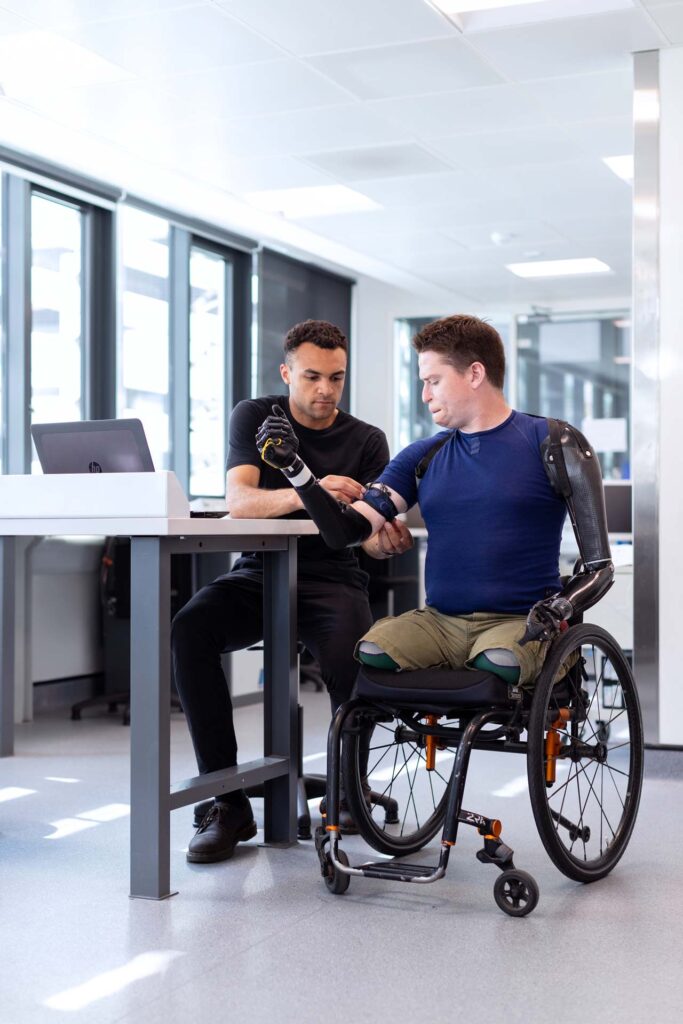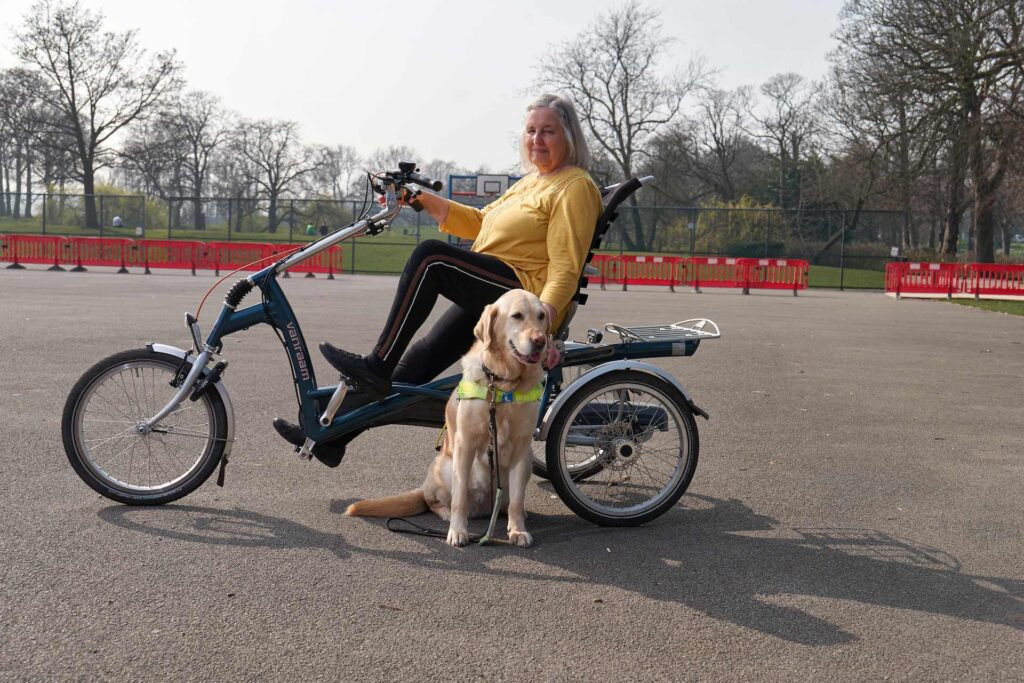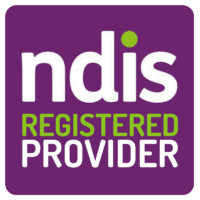In the pursuit of creating an inclusive society, technology has emerged as a powerful tool to level the playing field for individuals with disabilities. One such technological advancement is Assistive Technology (AT), which aims to enhance the independence, productivity, and quality of life for people living with disabilities.
Assistive Technology
Understanding Assistive Technology in Disability Services
Introduction

Defining Assistive Technology
Assistive Technology refers to any device, equipment, software, or system that helps individuals with disabilities to perform tasks they would otherwise find challenging or impossible. It encompasses a wide range of tools designed to meet specific needs and bridge the gap between individuals’ abilities and their desired outcomes.

Challenges and Future Directions
While Assistive Technology has come a long way, challenges persist. These challenges include cost barriers, lack of awareness, limited availability of specialised solutions, and the need for ongoing training and support. However, as technology continues to advance, there is hope for more affordable, customisable, and user-friendly AT solutions, as well as increased awareness and accessibility.
Types of Assistive Technology
NDIS Guidelines
Download the NDIS Assistive Technology Guidelines
You can find out more detailed information about NDIS services, and what supports are funded by visiting the NDIS official site.

